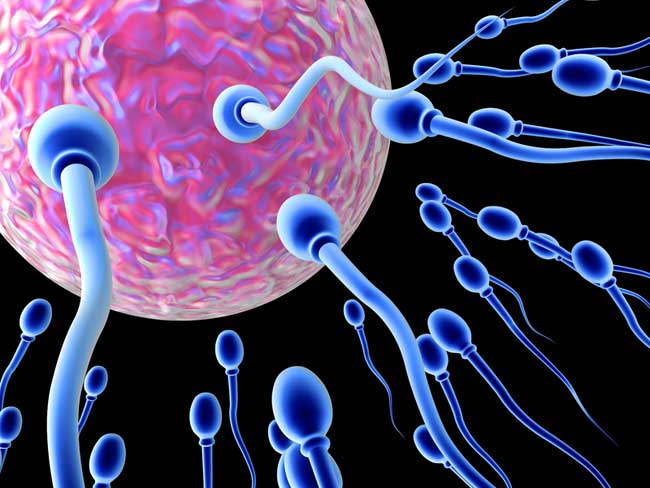Secret Birth Control Method: The Welcome Dance of the Uterus

Female reproductive organs, unlike male reproductive organs, are not usually on the move. The ovaries and fallopian tubes mostly just hang out quietly in the pelvis, minding their own business, and the uterus only expands with pregnancy and is happy to shrink back to normal size after the baby is gone. But as David Elad of the Department of Biomedical Engineering at Tel Aviv University, Israel, has recently discovered, the uterus, like everything else on Earth, is subject to the laws of motion. Understanding those movement, Elad points out, can also have a major impact on the success or failure of in vitro fertilization and the possibility of successful pregnancies for infertile couples. Babies are made when a mature egg pops off of the ovary and then slides into the fallopian tube. If the woman has had sex, the ovary might meet a sperm high up in the fallopian tube, and this might seem like a passive process from the uterus's point of view.
But Elad claims that the uterus actually plays a role in make sure sperm are in the right place at the right time. Apparently, uterine contractions squirt fluid, and sperm, upwards. After conception, the uterus waits below, for about seven days, as the newly fertilized egg takes its own sweet time to float into the womb, and then the uterus goes into action again. When the egg finally arrives, the uterus begins to contract again, performing a welcoming dance that sucks the new embryo into the soft lining of the uterine wall, and voila, we have a baby on the way. Obviously the gyrations of the uterus during conception are unconscious and out of the control of the woman who owns the uterus. But maybe not. Several years ago, biologists Robin Baker and Mark Bellis recruited women to collect the "flow back" that seeps out of the vagina after sex. They found that women retain only about 65 percent of an ejaculate after sex, and they can reject it all if they want. More interesting, the researchers found that if a woman has an orgasm (and that orgasm might indeed include uterine contractions) soon after her male partner, she literally sucks sperm into her reproductive tract. If she has no orgasm, or orgasms after the man, she retains much less sperm. In other words, women actually have the ability to accept or reject sperm to some degree, which gives them a powerful say in which genes have the opportunity to combine with her egg. The question, of course, is whether women actually exercise this control. Before sex, they can say no, but sometimes, and for various reasons, they end up having sex anyway. It's possible that evolution has therefore given women a backup plan, a more sneaky way to choose the father of her child. But being evolution, the plan does not always work well, and women are betrayed by their uteruses and often end up having children with the wrong fathers. The role of uterine movement may be interesting to Elad because, as he says, "It's a fluid mechanics issue." But what reproductive organs do during the tango of sex and conception is also critical because that motion is at the very heart of reproductive success.
Sign up for the Live Science daily newsletter now
Get the world’s most fascinating discoveries delivered straight to your inbox.
Man gets sperm-making stem cell transplant in first-of-its-kind procedure
'Love hormone' oxytocin can pause pregnancy, animal study finds










